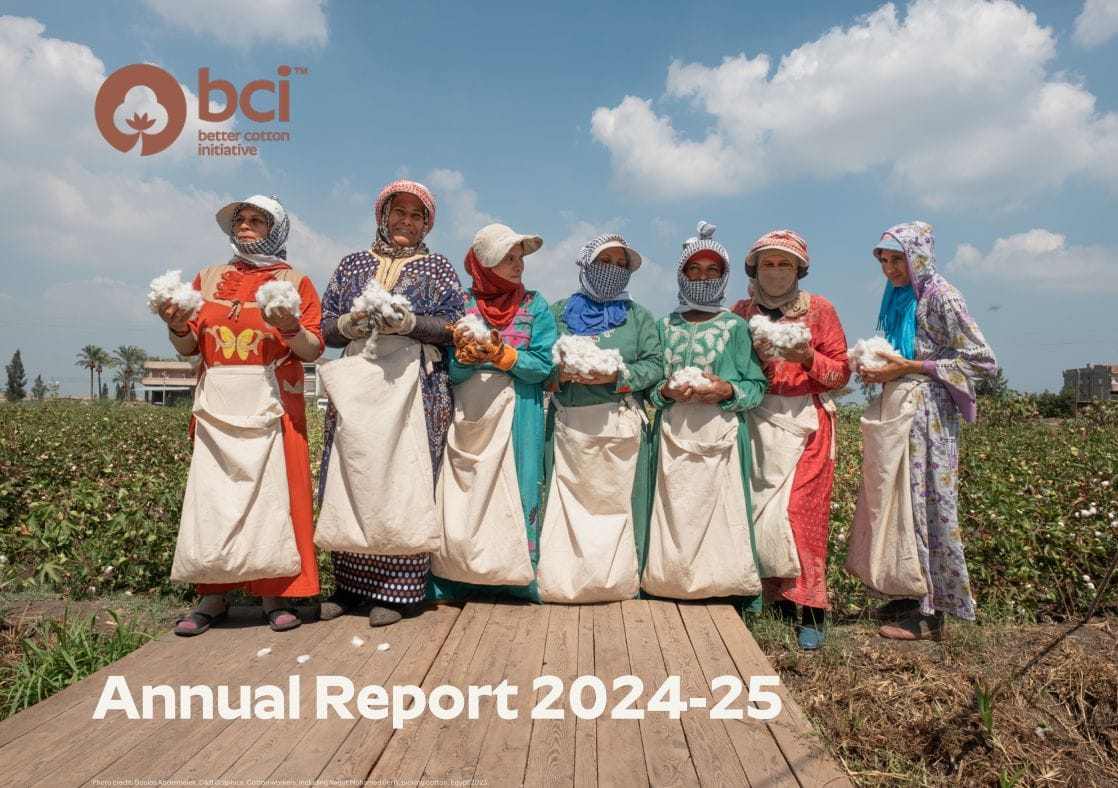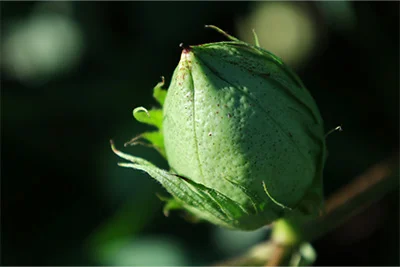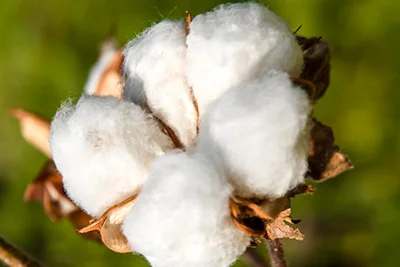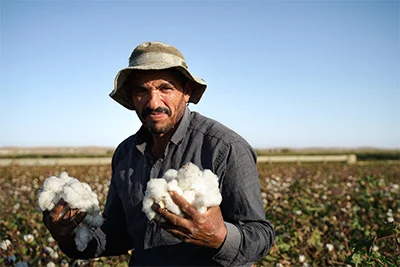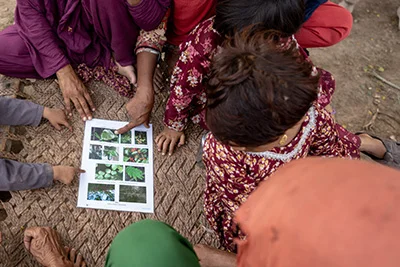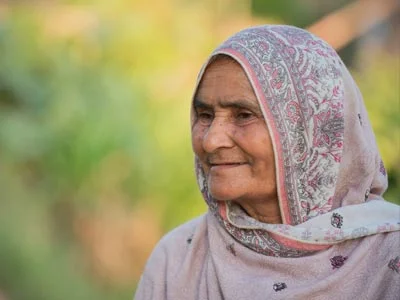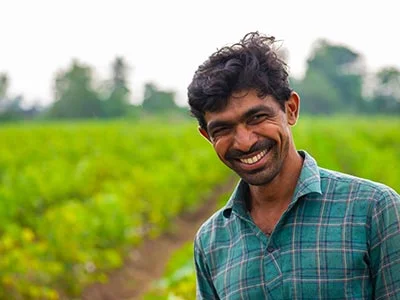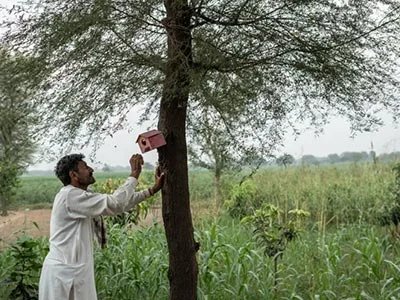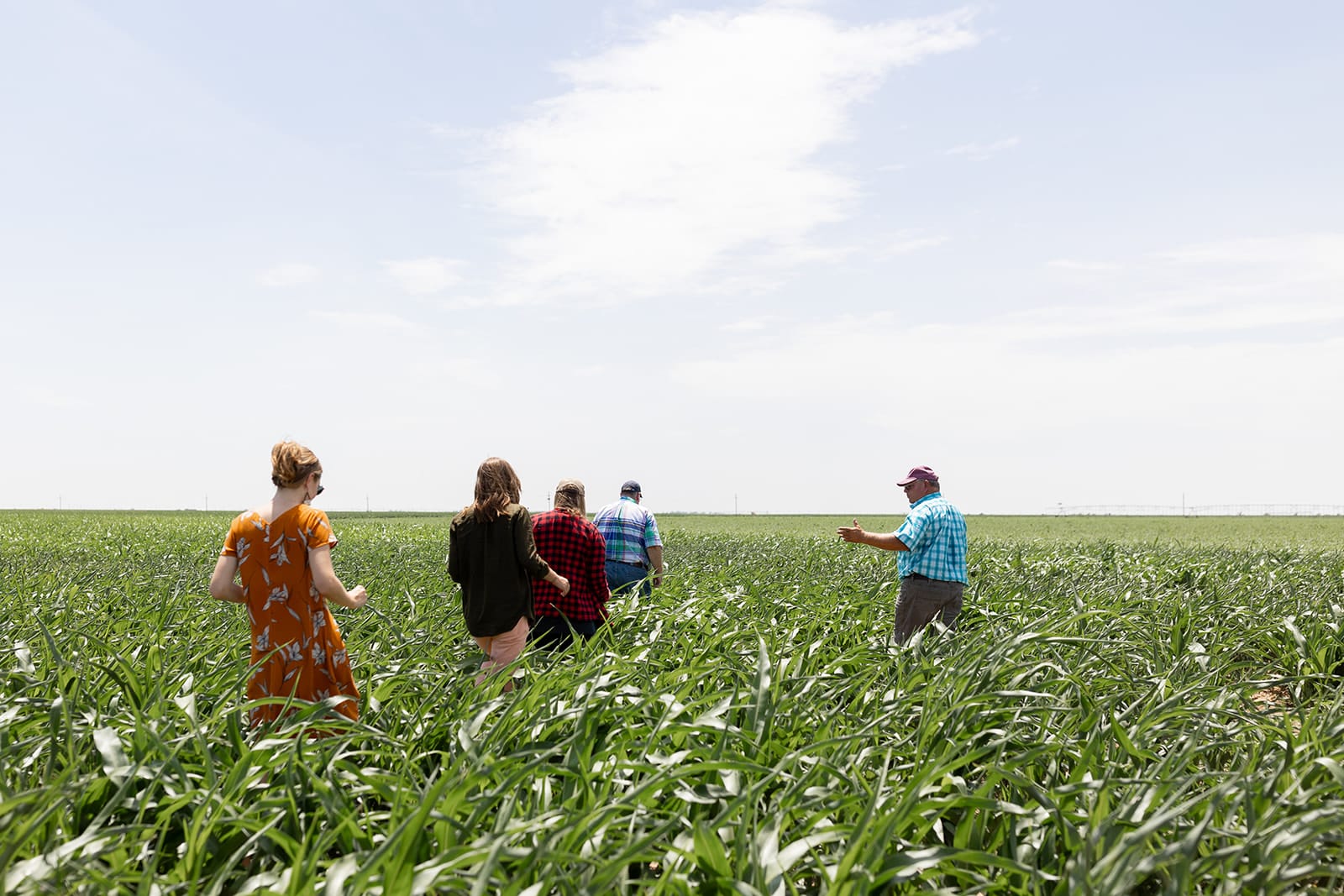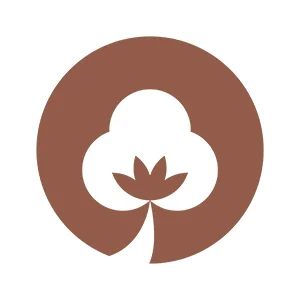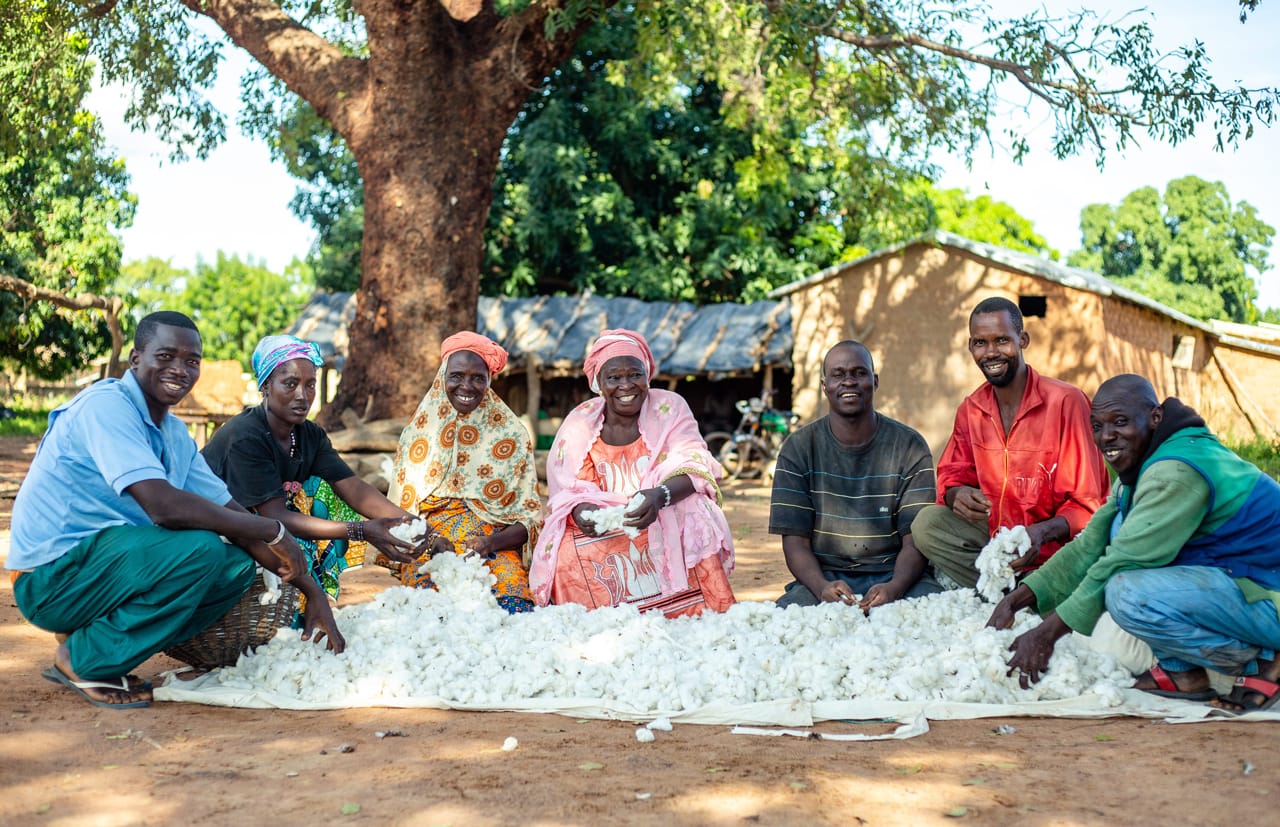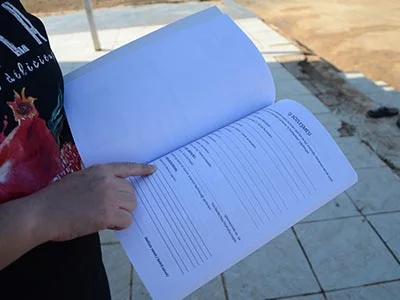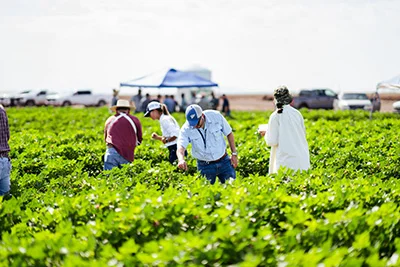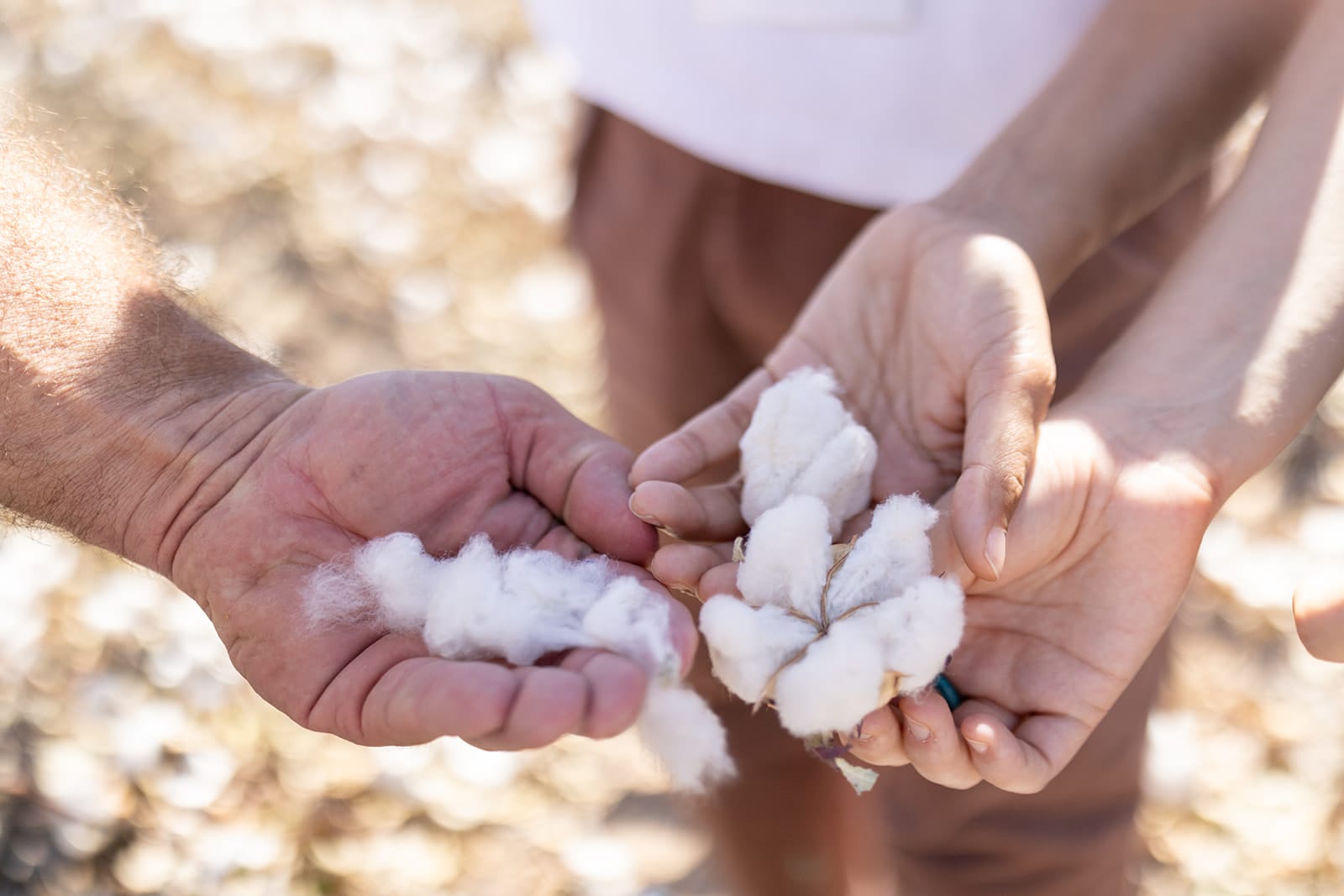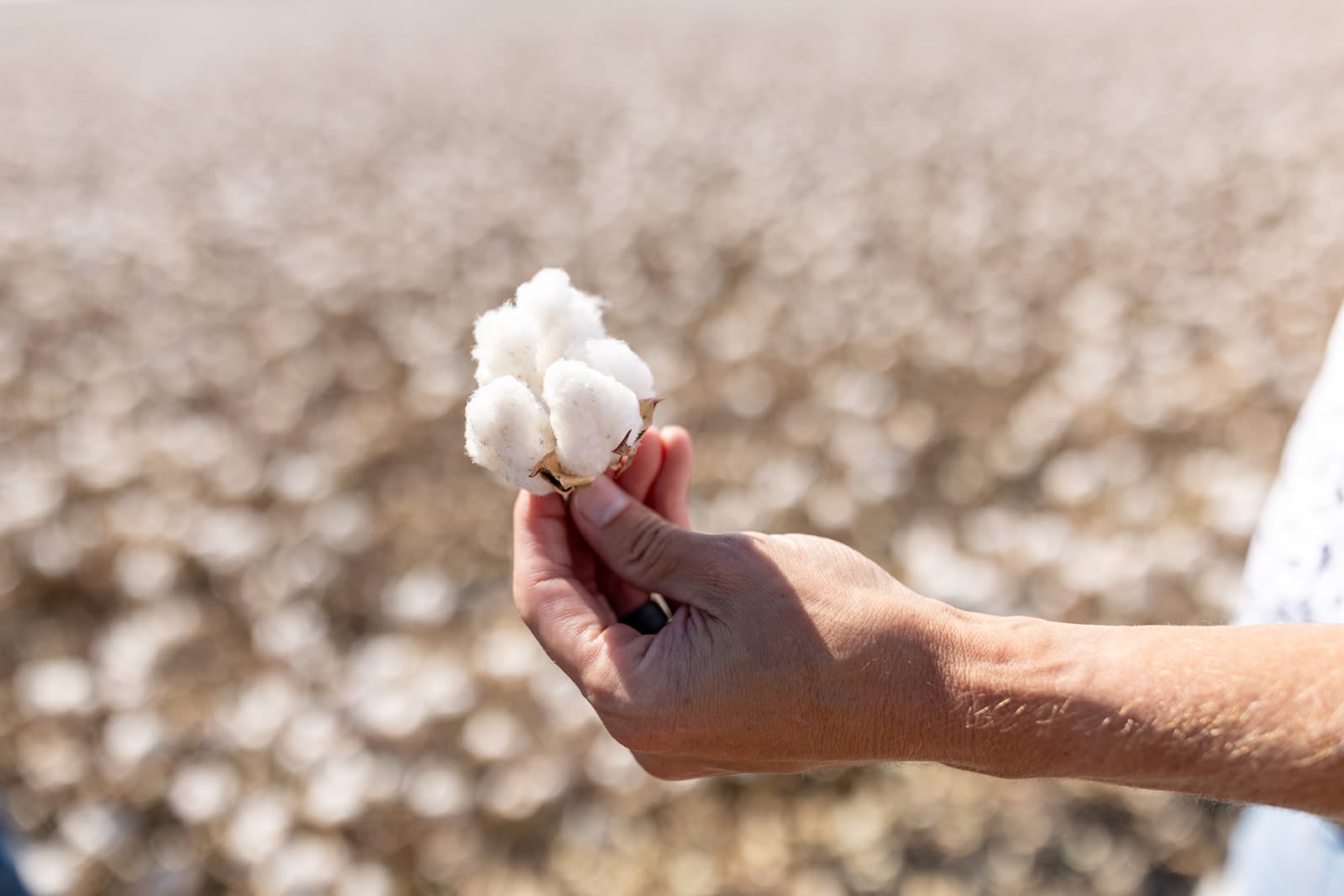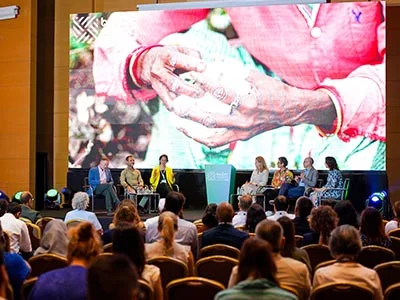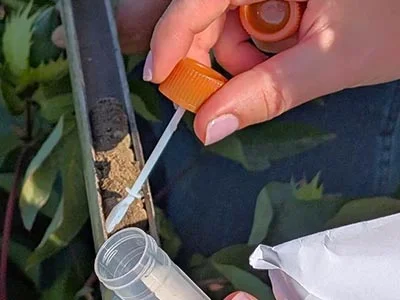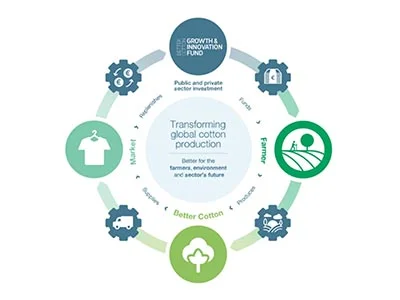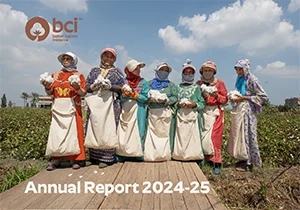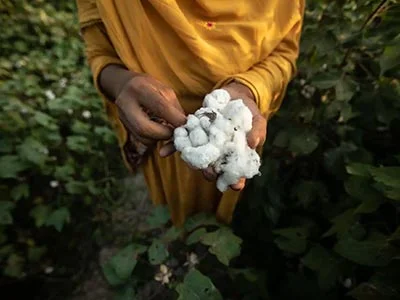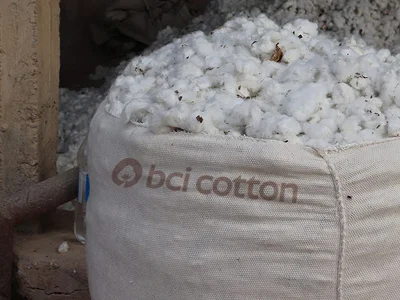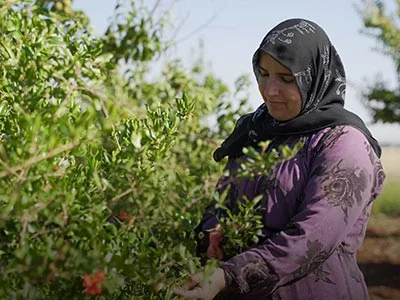27.01.13 Huffington Post
www.huffingtonpost.com
Do you know the environmental impact of the shirt on your back?This new video from World Wildlife Fund and National Geographic’s ”Make Each Choice Count” series reveals the environmental effects of textile production. Growing the cotton, manufacturing the material, transporting the product, of course, washing a shirt over and over again takes its toll on the planet.
Even if a t-shirt is made from an animal-free, all-natural material like cotton, there are still environmental consequences. According to Waterfootprint.org, cotton farming is the largest consumer of water in the apparel supply chain, and is used in 40 percent of all clothing worldwide, reports The Guardian. Since it takes about 2,700 liters of water to make just one t-shirt, as the video explains, thatmeans an inordinate amount of the world’s clean water is being concentrated in the textile industry.
With accessible, clean water amounting to less than 1 percent of the world’s water supply, this resource is both valuable and finite.
The good news is that great strides are being made to reduce cotton’s water footprint. Through theBetter Cotton Initiative, the World Wildlife Fund has helped 75,000 farmers reduce their water use by 39 percent while increasing profits by 11 percent. In addition, major textile brands are looking towards more eco-friendly cotton production.
Home furnishings giant Ikea has pledged to switch production to 100 percent Better Cotton by the year 2015. According to a press release, the WWF also recently announced a 3-year water-awareness partnership with the fashion company H&M. The collaboration will assess H&M’s water production impact, and teach all 94,000 employees about water issues in an effort to implementmore sustainable strategies.
Once the clothing leaves the shop, however, the buyer is responsible for reducing its environmental impact. To find out more about cutting the water footprint of your t-shirt, Watch the video on YouTube by clicking here.

